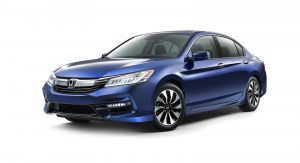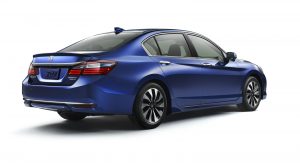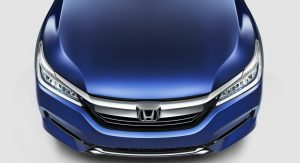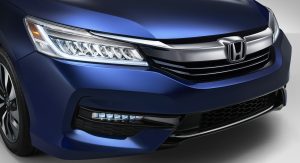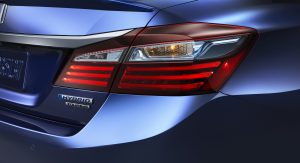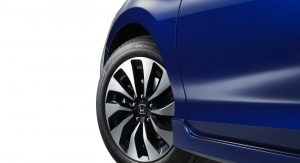Honda has developed a new electric motor for its hybrid models that unlike others on the market, doesn’t use heavy rare-earth metals for its magnets.
The vast majority of electric motors currently used by automakers use dysprosium and terbium in their magnets. Given the demand of this materials, prices for them have recently soared while increased demand has spawned supply bottlenecks. Thanks to its development, Honda can avoid both.
The approach was developed alongside Japanese metal supplier Daido Steel and rather than producing magnets through the typical sintering method, creates them via a hot deformation method. Put simply, this provides the crystals within the magnets excellent heat resistance, something which was previously only achievable by using certain earth metals.
Discussing this, a joint statement from the companies said “A reduction in the use of heavy rare earth elements has been one of the major challenges needing to be addressed,” before confirming that a hybrid version of Japan’s Freed subcompact minivan will debut the new electric motor.
Honda’s breakthrough comes just at the right time. Automotive News says that by 2019, the global rear-earth metals market could exceed $9 billion growing at a 14 per cent annual rate. While Honda’s electric motor does use one earth metal called neodymium, it is much more readily-available than those used elsewhere in the industry.








